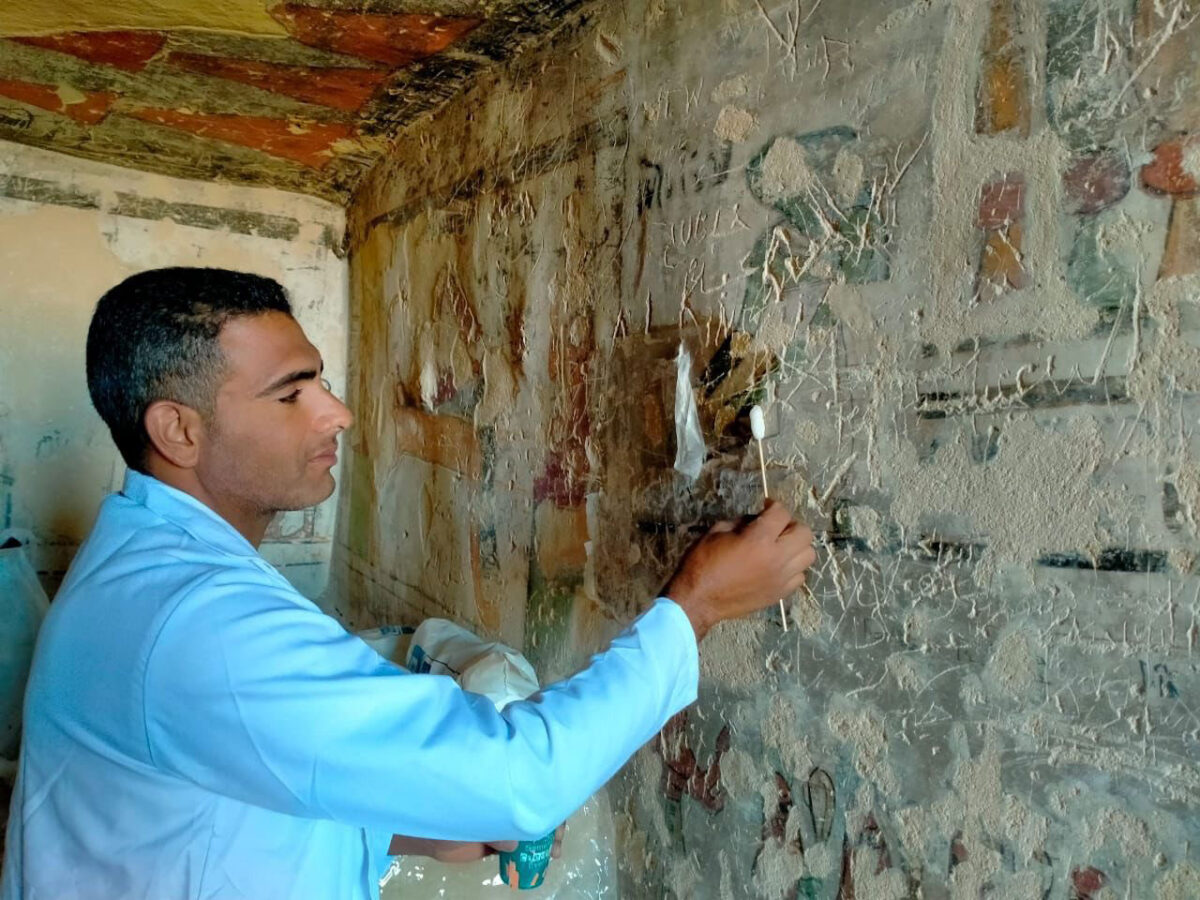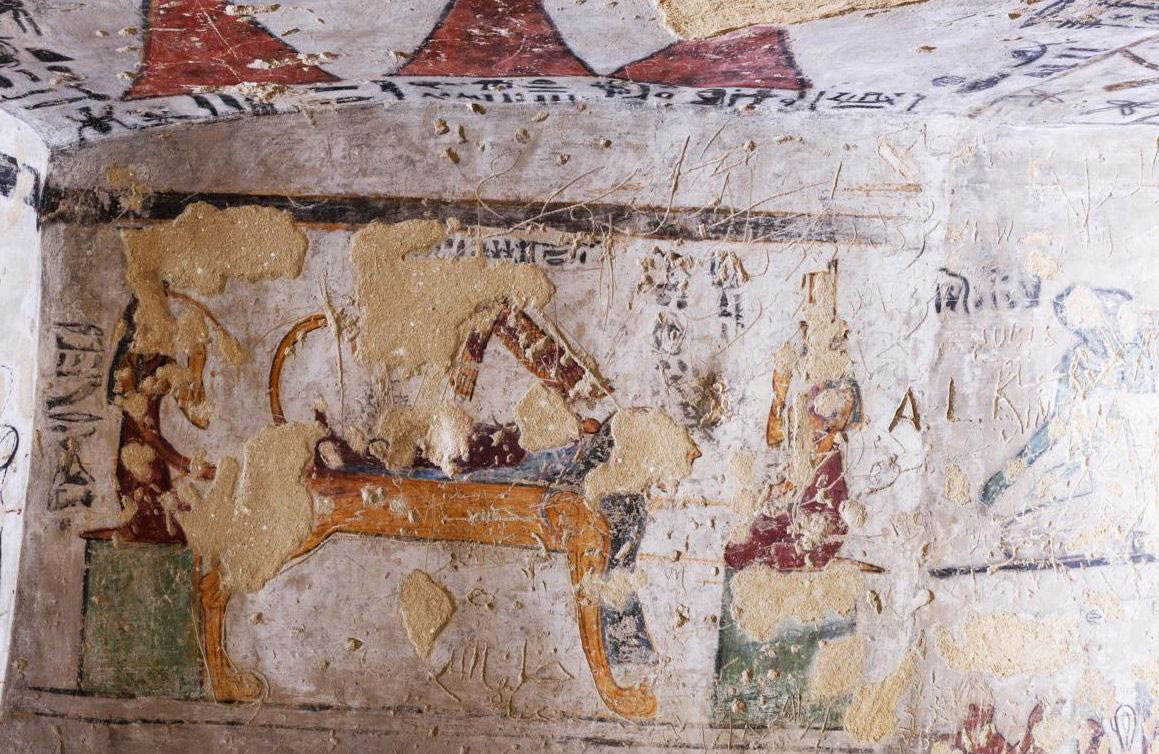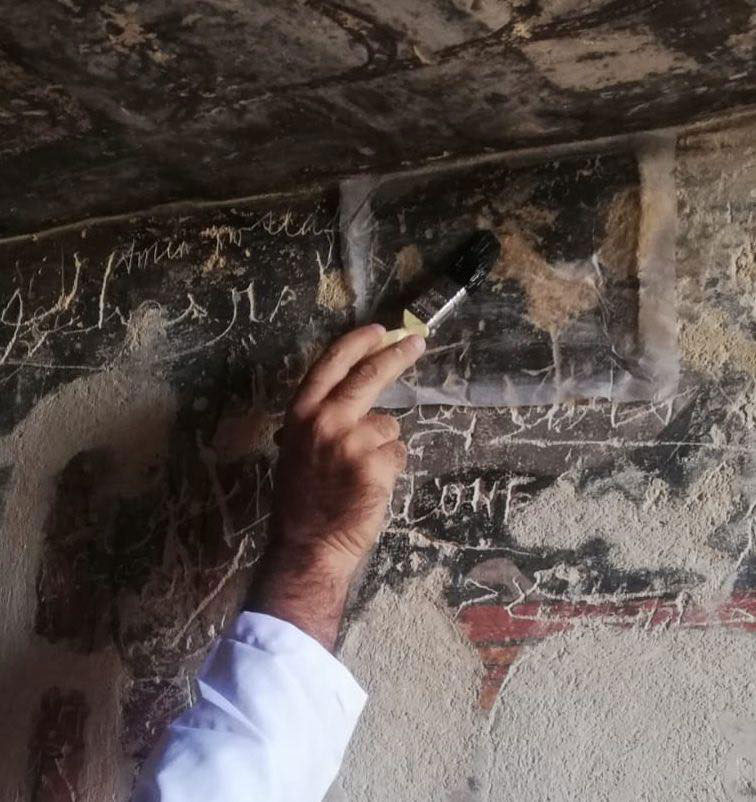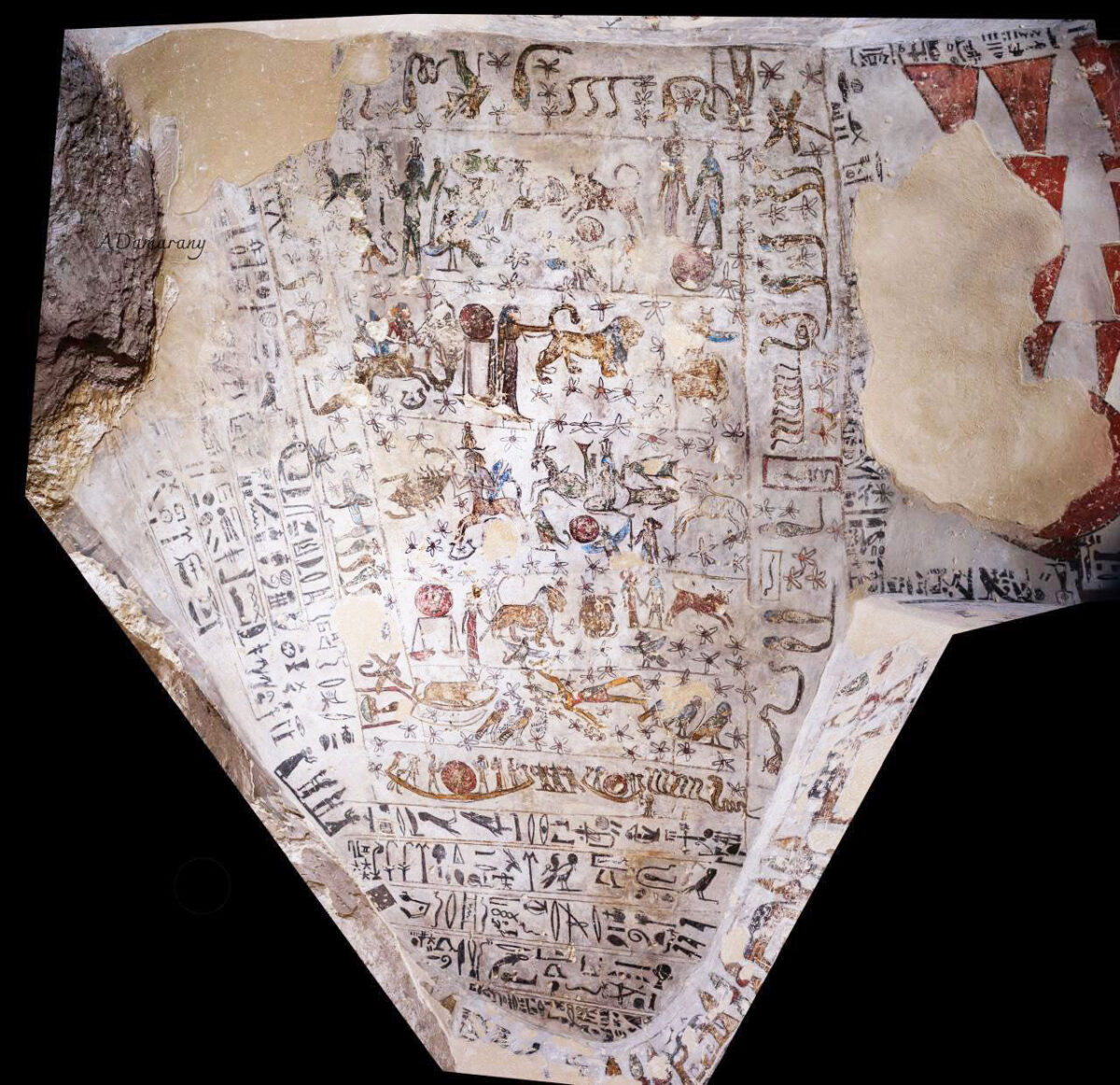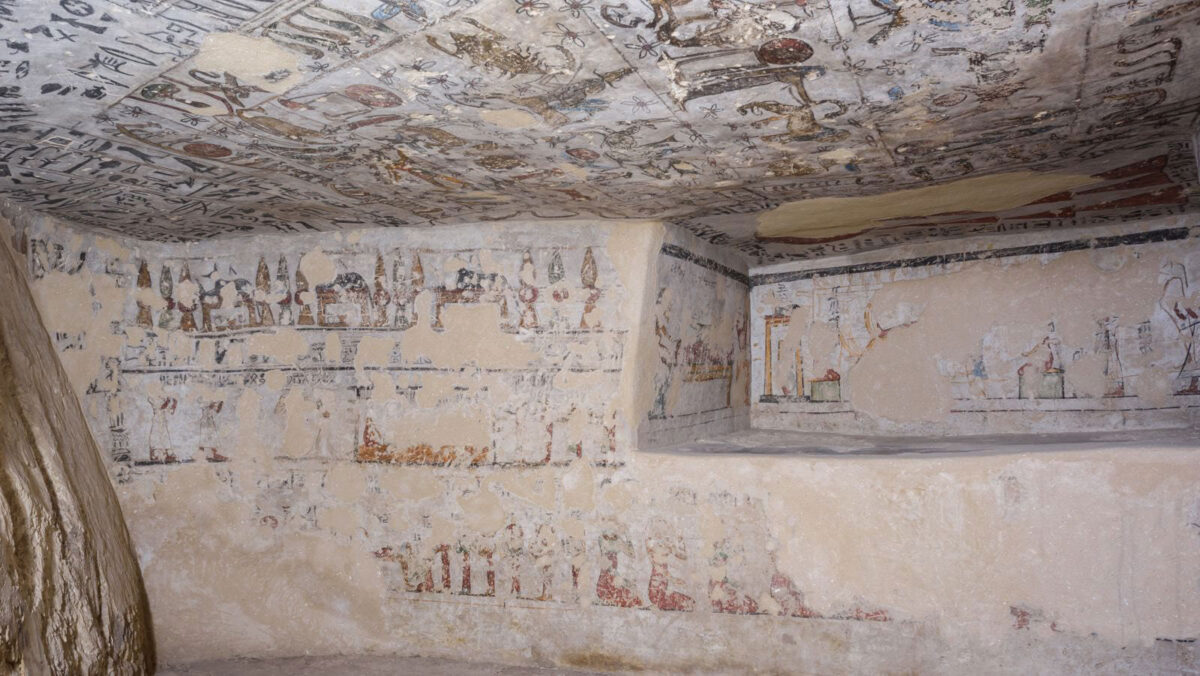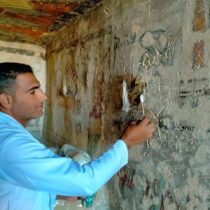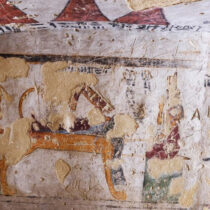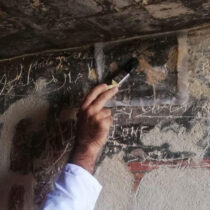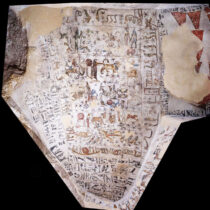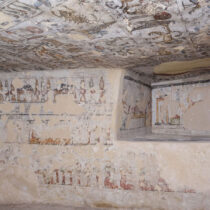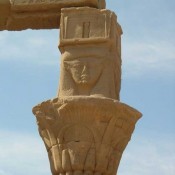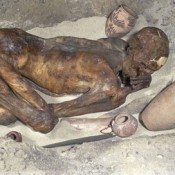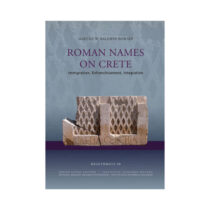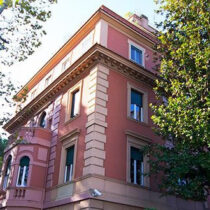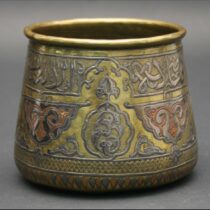The Ministry of Tourism and Antiquities announces the successful completion of the restoration and conservation of the Tomb of the Two Brothers in the ancient city of Athribis, located in Nagaa El-Sheikh Hamad, west of Sohag. The project, carried out by the Supreme Council of Antiquities over the course of a full year, marks a key step in reviving the site and preparing it for public visitation as part of Egypt’s growing cultural tourism trail in Upper Egypt.
This initiative forms part of the Ministry’s broader strategy to preserve the nation’s archaeological sites expand access to lesser-known but historically significant sites, while supporting the sustainable development of local communities.
Commenting on the project, H.E.Sherif Fathy, Minister of Tourism and Antiquities, emphasized that safeguarding and restoring Egypt’s cultural heritage is a core priority for the Ministry. “Our heritage is an essential part of our national and human identity. By restoring and reopening sites like the Tomb of the Two Brothers, we not only protect this legacy for future generations, but also enhance the visitor experience and boost the cultural tourism offering in Upper Egypt,” he said.
Dr. Mohamed Ismail Khaled, Secretary-General of the Supreme Council of Antiquities, praised the professionalism and dedication of the restoration team. “The SCA continues to prioritize scientific documentation and meticulous restoration work across the country. Projects like this reflect our national responsibility to preserve heritage and unlock its potential as a tool for education, awareness, and inclusive development,” he stated.
Mr. Mohamed Abdel-Badie, Head of the Egyptian Antiquities Sector at the Supreme Council of Antiquities, noted that the restoration involved both the burial chamber and the antechamber. A team of specialists conducted a thorough condition assessment before initiating conservation work, adhering to internationally recognized scientific and technical standards.
Dr. Manal El-Ganamm, Head of the Central Department for Conservation and Restoration, added that the project included mechanical and chemical cleaning of the tomb’s walls and ceiling, consolidation of color and plaster layers, and the careful reconstruction of missing elements using materials compatible with the original structure.
Also known as the “Tomb of the Towers,” the tomb features a square antechamber followed by a triangular burial chamber with a rectangular niche in the western wall. It dates back to the second century AD and belonged to two brothers, Ip Pamani and Pa Mehyt, sons of Hor Nefer and Tashret Hor Segem.
The tomb is particularly notable for its unique painted decorations on plaster. The ceiling features an astronomical scene showing two towers—each representing one of the deceased—giving the tomb its current name. Elaborate funerary scenes adorn the walls, while the burial niche is decorated on its sides, ceiling, and floor.
Discovered over 150 years ago, the tomb was first documented by the renowned British archaeologist Sir Flinders Petrie during the 1906–1907 excavation season.
Athribis itself is among the most important archaeological cities in Upper Egypt. Once part of the ninth nome, the site dates back to the end of the Ptolemaic period and includes an exceptional array of historical features such as temples, quarries, cemeteries, residential structures, industrial workshops, a sixth-century church, and a monastic complex. These make Athribis a vital site for both archaeological research and cultural tourism, and a key location in the history of early Christian monasticism in Egypt.
